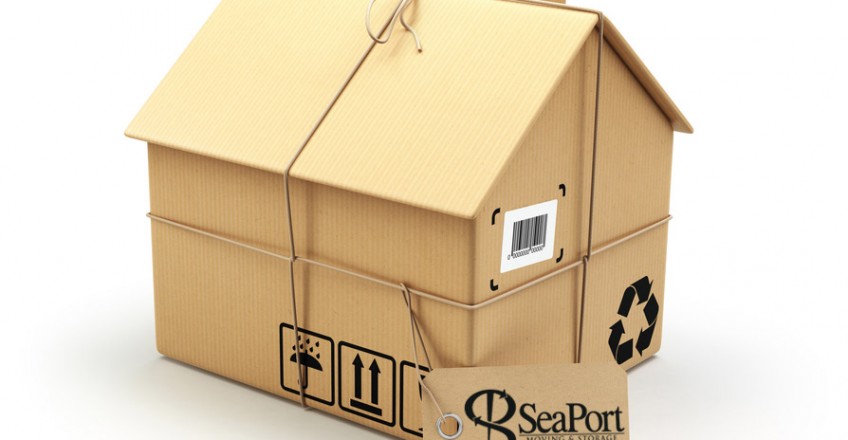
PACKING AND UNPACKING
It makes no difference what type of move you are planning, good packing is always the key to a successful moving experience. Your moving coordinator can consult with you on just what planning and materials you’ll need to do the best packing job. We recommend you use only strong, corrugated cartons. We can supply you with specially made cartons, for everything from mattresses to clothing and mirrors. The added protection of mover-provided cartons may avoid damage that results from the use of poor-quality packing materials. Old newspapers can be for used for packing, but remember that ink may rub off and stain clothing or other items.
Here are some packing tips –
*WARNING: Insect eggs and insects such as roaches can travel in food boxes. Keep this in mind when getting boxes from food stores.
Here’s a list of packing supplies that will come in handy
- Plastic bags and labels for easy identification.
- Foam peanuts, Styrofoam pellets or “popcorn”.
- Tissue or craft paper for delicate packing jobs.
- Corrugated paper rolls for figurines and fragile items.
- Gummed tape (1_ to 2 inches wide) and/or strong twine for sealing cartons.
- Markers and labels for identifying contents of cartons.
- Notebook and pencil for carton identification log.
- Scissors and/or sharp knife.
BEFORE ACTUALLY PACKING-UP, YOU NEED TO HAVE A GAME PLAN. FOR EXAMPLE:
- Pack one room at a time. This will help you when it comes time to unpack.
- Pack a couple of cartons a day, starting well ahead of the move.
- Mark all boxes, designating room and box number. Make a carton identification log to show the number of boxes packed per room, and the total number of cartons packed. It’s a good idea to leave space in your log for special comments section to note carton conditions or location of high value goods. Notify your mover of any high value items.
- Be sure to have plenty of “filling” material available.
- Be sure that the bottoms of all cartons are secured and will hold the weight of the contents.
- Packing tape or gummed tape is better than masking tape.
- Pack heavier items toward the bottom of the box and lighter items toward the top. Try to keep a per-box weight of 50 pounds or less; it makes moving a lot easier. A general rule to remember on carton size — the heavier the item, the smaller the carton.
Another alternative is relax and let the experts do all the packing and unpacking for you! SeaPort movers are highly trained for all types of packing. Locally the packing is billed by the hour and materials are charged per use. Long distance packing is billed by weight for full packing or per box for partial packing. We can use your packing materials to save costs if they meet shipping standards. Boxes must be at least 1.5 cf and thick enough to withstand being stacked inside the truck without crushing. Boxes must be packed completely full or they may crush if another box is placed on top of them.
At the delivery unpacking is an optional service and has to be requested. Unpacking is an additional charge depending on the size of the shipment. There is no charge to remove the padded blankets from your furniture but unpacking consists of opening boxes and removing the contents. The contents from the boxes are unpacked to the first horizontal surface (table top, counter top, dest, etc). Unpacked items are not put away in cupboards or drawers, this would constitute as “maid service”. Maid Services is available at an additional charge through third party services. Removal of any unpacked boxes and packing paper is referred to as debris removal. Debris removal may be an additional charge.
